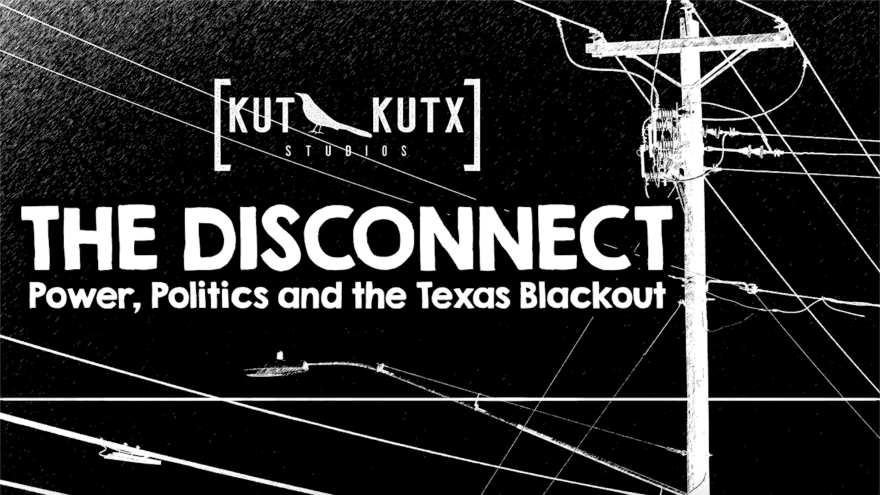Lee esta historia en español.
Texas is expected to break a record for spring electricity use Monday afternoon, beating a previous all-time high set just last Friday. That high demand, coupled with breakdowns at power plants, caused the state to call for energy conservation over the weekend.
KUT's Trey Shaar talks with Mose Buchele about what happened and what to expect this week.
This transcript has been edited lightly for clarity.
Shaar: Ever since the big blackout last year, state officials including Gov. Abbott have promised Texans that “the lights will stay on.” Then, last Friday, they asked everyone to turn their metaphorical lights down to make sure the power grid kept running. What happened?
Buchele: We had record-breaking demand thanks to record-breaking heat. That high demand hit when a bunch of power plants were down for repairs. Then other power plants broke down unexpectedly. It’s the same formula that always causes problems: high demand, breakdown in supply, and suddenly you might not have as much power as people want.
What does this say about state efforts to “fix” the grid since the last big blackout?
Well, it means we’re not there yet. A lot of Texas power plants have been running full bore for months now, in part to show Texans that we have plenty of electric capacity. But, as we just saw, when some of those plants break, it can push us close to a tailspin.
There’s a real question of whether the system being run so hard could lead to more breakdowns. Power plants need to shut down for repairs and maintenance, but since the 2021 blackout there’s been a lot of pressure for them to be always available.
My understanding is that May is a typical time for those repairs to take place.
Yes, and that’s another part of this. These so-called “shoulder months” are supposed to be times when the weather is mild, so power plants can shut down for maintenance. Global warming is shaking all of that up. This heat is unheard of. Much of the state — including Austin — has seen days of record-breaking temperatures. We went from a pretty chilly winter to a scorching spring. These extremes are gonna be hard for a power grid to handle, especially one with a bunch of older power plants.
There were concerns about the grid over the winter during some cold spells. It seems that state officials handled this recent drop in electricity supply in a way that’s different from how they handled those winter events.
Yes. This winter we had press conferences. We had assurances from public officials, a big media push that seemed designed to set expectations. The governor and others said that the grid performance through the winter showed how they had fixed things. Then last Friday comes along, and there’s nothing like that. The Electric Reliability Council sends out a conservation call late Friday afternoon when no one is really paying attention, and that’s about it.
I’ve emailed asking them why the difference in approach. After all, we got closer to power outages last Friday than we ever did last winter.
We’ve got another hot week in store; we’re not out of the woods yet, are we?
Well, it seems a bunch of those power plants that shut down are up and running again, so while we still expect really high energy use the forecasts show we have enough capacity now to meet it. But, like we saw last week, things can change quickly so we’re all going to be watching closely to see what happens.
And I’ve gotta say, too: We’re expecting a super hot summer. This is just the start of what is usually the time of year in Texas where we use the most electricity. This happening in May has caused a lot of concern about what lays in store for us this summer.
Where was Austin Energy in all this?
This is kind of interesting and is going to require a little more poking around. Basically, Austin Energy did reach out to people on social media asking them to conserve energy. What Austin Energy did not do was send out push notifications to people on their phones or activate their demand-response programs, where they actually have some energy consumers lower their electric use in order to help out on the grid.
I asked Austin Energy why they didn’t do those things, and they said it was because ERCOT never actually formally announced an "energy emergency alert."
So ERCOT, the state grid operator, has to announce this energy emergency alert and then that signals to local utilities to send out push notifications and do demand response.
I also asked ERCOT why they never did a formal energy emergency alert if there are thresholds that weren’t met for that, what their reasoning is, and i’m still waiting to hear back on that.






















